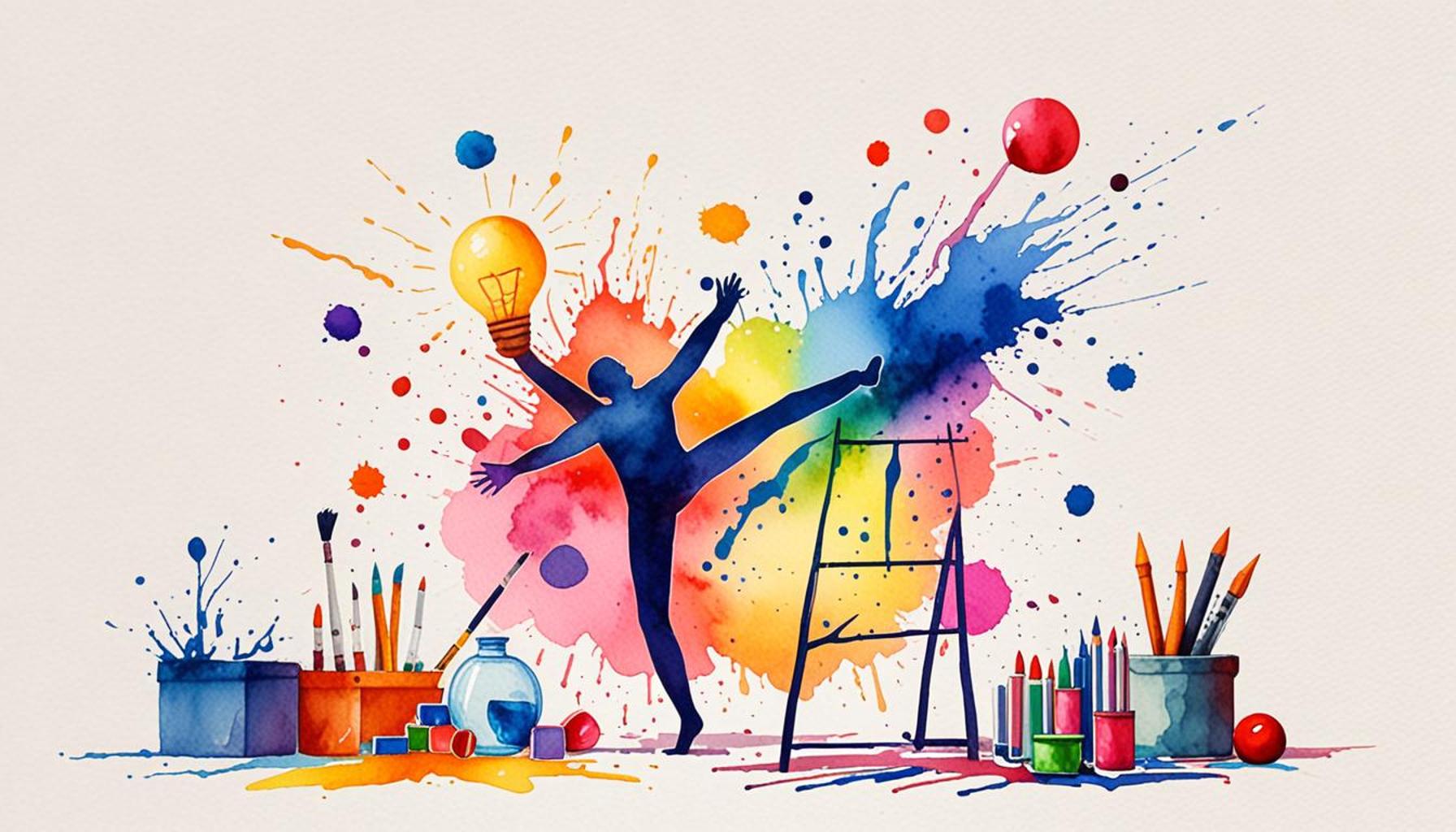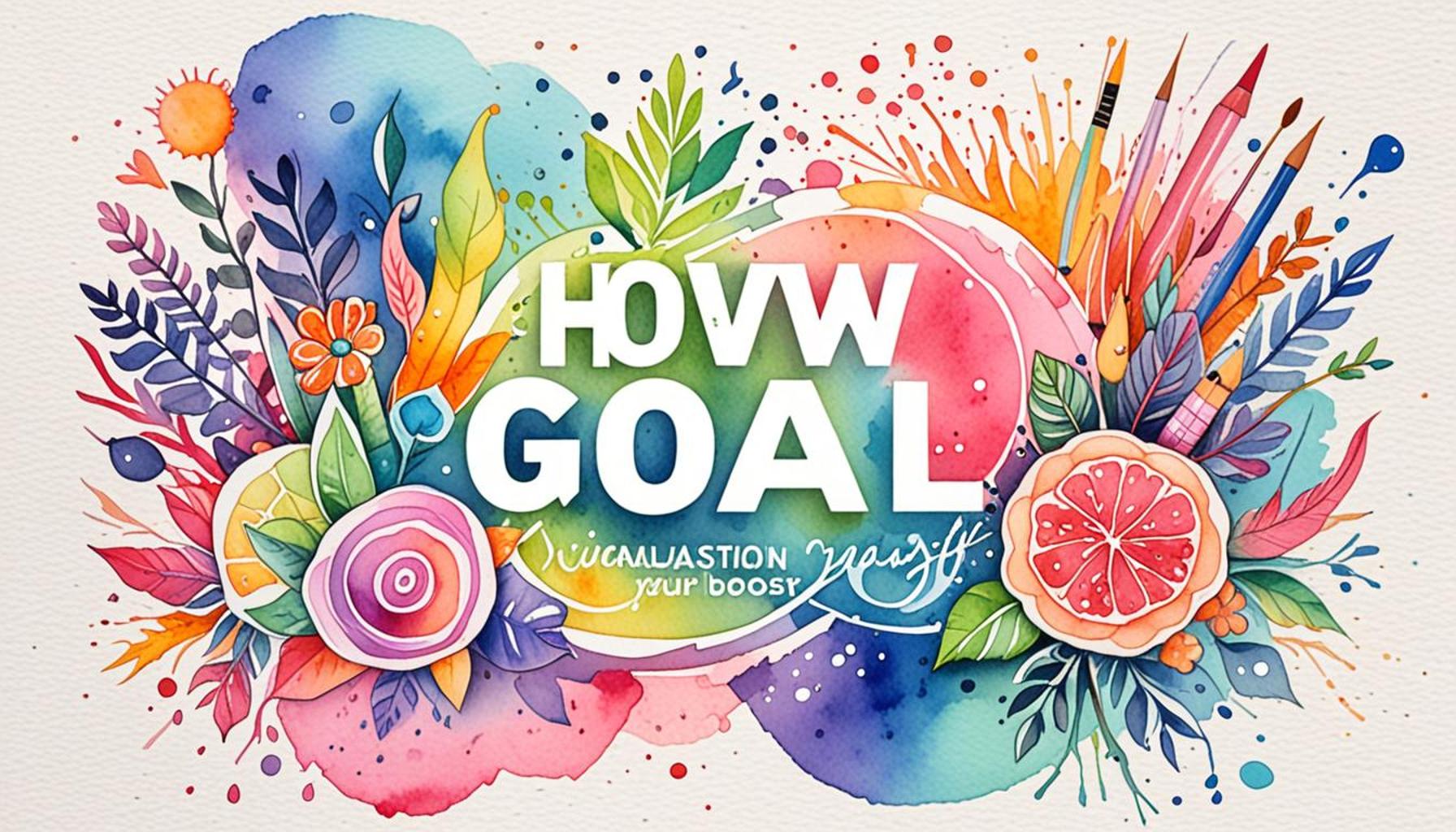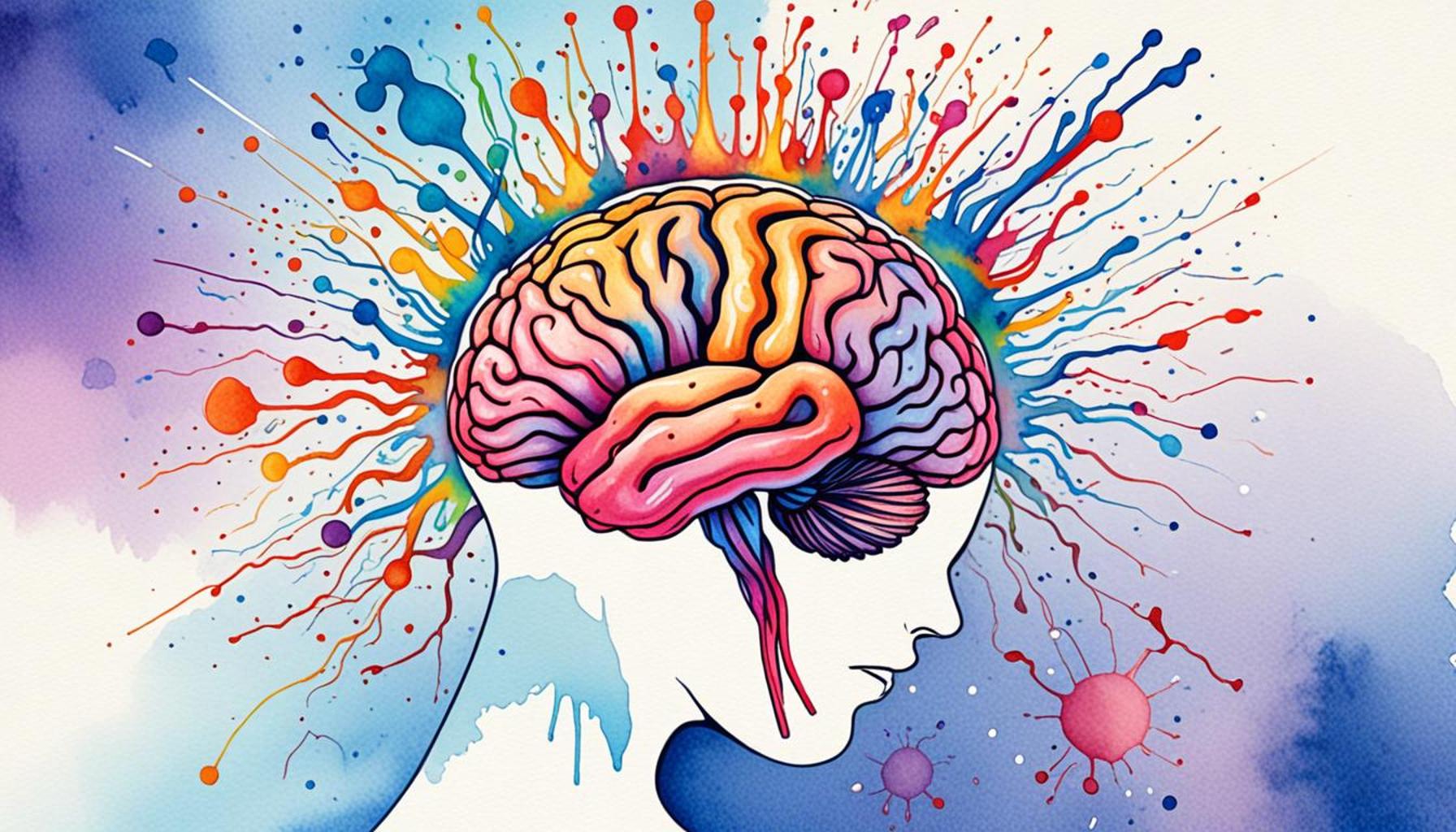The Role of Visual Goals in Motivation and Potential Achievement in Competitive Environments

The Driving Force Behind Visual Goals
In the midst of today’s dynamic landscapes—be it in sports, education, or corporate arenas—the impact of visual goals cannot be overstated. They serve as critical motivators that propel individuals and teams forward. By transforming abstract aspirations into tangible representations, the clarity that visual goals provide serves to significantly sharpen focus, enhance determination, and amplify overall performance.
At the heart of visual goals lies an understanding of their fundamental traits, which can orchestrate remarkable results:
- Clarity: A well-defined visual removes any uncertainty surrounding one’s objectives. For instance, a student can visualize their academic success through graphs illustrating their grades over time, fostering a clearer pathway to graduation.
- Inspiration: Immersive and motivational imagery stirs up ambition. Consider the posters of successful Nigerian athletes like Kanu Nwankwo or Chimamanda Ngozi Adichie that adorn many classrooms and offices. These visuals can instill a sense of possibility and aspiration.
- Tracking Progress: Utilizing visual tools, such as charts and infographics, makes monitoring one’s achievements straightforward. A young entrepreneur, for example, can use visual dashboards to monitor sales metrics, thereby gaining insight into their business trajectory.
A striking example of visual goal setting can be found in Nigerian athletics. Many athletes, including footballers, incorporate visualization techniques into their training routines—often using mood boards or vision boards to outline their aspirations. This practice has fostered increased perseverance among players. Such techniques resonate not only at individual levels but also uplift the spirit of the team.
The ripple effect of visual goals extends beyond personal aspirations. Teams and organizations that adopt collective visual objectives invariably witness:
- Increased Collaboration: When everyone on a team can visualize the same end goal, their individual contributions align harmoniously.
- Enhanced Commitment: A group united by a common vision fosters increased dedication. In the bustling tech startups in Lagos, for example, visual tools are utilized to build brand identity among team members, intensifying their commitment to the company’s mission.
- Improved Results: Achieving collective goals often translates to tangible successes. This can be particularly seen in community initiatives in Nigeria, where visual goals lead to higher engagement levels and better outcomes in projects like health campaigns or educational programs.
By examining the intricate connections between visual goals and motivation, it becomes evident that this unique approach opens pathways to achieving remarkable feats. The journey of understanding visual goals can ignite a desire for deeper exploration into how effective goal-setting might transform not only individual lives but also entire communities.

SEE ALSO: Click here to read another article
The Mechanics of Motivation Through Visual Goals
Visual goals operate as a powerful mechanism that fuels motivation, particularly in competitive environments. By captivating the imagination and appealing to the senses, these goals create a strong emotional connection to the desired achievements. This emotional resonance is crucial, especially in a diverse and dynamic nation like Nigeria, where passion drives ambition in all fields—from sports to academia and entrepreneurship.
In essence, visual goals not only depict what one aspires to achieve but also embody the very essence of motivation. They allow individuals to feel closer to their ambitions and create a roadmap marked by visual milestones. This leads to a consequent rise in enthusiasm and effort. Here are some key reasons why visual goals are instrumental in enhancing motivation:
- Psychological Anchoring: Visual goals serve as anchors that remind individuals of their aspirations, keeping them grounded even during challenging times. For instance, aspiring artists in Nigeria might create visual collages of their favorite musicians or famous art pieces, reminding them of their creative aspirations and the dedication required to achieve them.
- Emotional Engagement: The emotional appeal of visual representations can motivate individuals to push beyond their limits. Successful brands in Nigeria, such as Jumia and Paystack, utilize imagery in their marketing that connects emotionally with consumers, thereby positioning their objectives as relatable and attainable.
- Behavioral Activation: Simply having visual goals within sight can lead to proactive behaviors. For example, students in Nigeria who display their academic goals prominently in their study spaces cultivate a tangible reminder of their ambition, promoting daily productivity and focus.
Moreover, the relationship between visual goals and goal achievement is underscored by numerous studies. Research has indicated that the mere act of visualizing one’s goals significantly enhances the likelihood of actually achieving them. A survey conducted among Nigerian students showed that those who engaged in visualization exercises regularly reported higher motivation towards their studies and extracurricular activities.
In competitive environments, where the stakes are high, the role of visual goals extends beyond individual motivation. Teams that incorporate shared visual objectives witness remarkable improvements in synergy and accountability. For instance, football teams often use visual strategy boards during training sessions, ensuring all players are aware of their roles in achieving a common objective—be it winning a match or building team spirit. This unity can provide the competitive edge necessary to excel.
The classroom atmosphere, too, benefits from visual goals. Teachers who integrate visual aids—ranging from project boards to dynamic infographics—instill a sense of shared purpose among students. This collaborative vision can spark interest and engagement, making learning an exciting journey rather than a mundane task.
As we explore the profound impacts of visual goals in competitive sectors, it becomes clear that they not only foster motivation but also illuminate pathways to potential achievement. The understanding that a goal is not just a distant dream but an achievable reality becomes empowering, urging individuals and teams alike to strive for excellence.
| Advantage | Explanation |
|---|---|
| Enhanced Focus | Visual goals provide clear markers of success, allowing individuals to concentrate on their objectives, thus improving productivity and performance. |
| Increased Engagement | When participants can see their goals visually represented, it creates a sense of ownership and personal investment in the outcome, driving higher motivation levels. |
In competitive environments, the visualization of goals is crucial for keeping teams aligned with their objectives. When participants can clearly see their progress, it fosters a sense of achievement and encourages further dedication. Visual aids such as charts and graphs can illustrate accomplishments, making successes more tangible and motivating. Additionally, incorporating visual goals can facilitate better communication among team members, creating a shared understanding of the path towards success. As individuals witness their growth and improvement through visual representation, they are more likely to stay committed and fulfill their potential in any competitive setting. Engaging in goal visualization not only uplifts motivation but also cultivates a growth-focused environment where achievement becomes a collective endeavor.
ADDITIONAL INSIGHTS: Expand your understanding here
The Transformative Impact of Visual Goals in Team Dynamics
In the realm of competitive environments, the power of visual goals extends even further when integrated into team dynamics. Recognizing this potential allows organizations, schools, and sports teams in Nigeria to harness collective energy toward shared aspirations. By creating a cohesive visual representation of their objectives, these teams foster not just motivation but also unity and collaboration, essential ingredients for achieving success.
One of the striking aspects of visual goals is their ability to cultivate a sense of belonging among team members. When individuals contribute their thoughts and ideas to a common visual goal, they feel more invested in the outcome. An example can be found in the growing Nigerian tech start-up ecosystem, where teams often display graphics of quarterly goals or sales targets prominently in their workspaces. This practice helps to align individual efforts with the team’s aspirations, engendering a strong culture of accountability.
Gamification is another trend that has gained traction in competitive settings due to its visual impact. By turning goals into game-like challenges, organizations can elicit higher levels of engagement from their teams. In Nigerian schools, for example, instructors can use leaderboard charts to track student achievements in academic competitions. Not only do these visual elements energize students to push their limits, but they also nurture a fun environment that encourages healthy competition.
The significance of visual goals can also be observed in sports. Nigerian football clubs, for instance, utilize visual progress trackers to assess both individual and team performance. These can take the form of charts that illustrate metrics such as goals scored, assists, or defensive strategies. This transparency helps players understand their contributions to team objectives clearly, enhancing their motivation to excel. Furthermore, experimenting with visualization techniques—like mental imagery practice—can lead to astounding outcomes. Athletes who visualize their game success tend to show improvements in real-life performances, particularly in high-pressure situations.
Complementing Visual Goals with Technology
In an age where technology is ubiquitous, the role of digital visual goals cannot be overlooked. Numerous apps and software programs are designed to help individuals and teams set, track, and visualize their objectives effectively. In Nigeria, various platforms are emerging, allowing users to create visual goal maps, timelines, and progress trackers that are easily shareable with peers. This level of connectivity ensures that everyone—from students to entrepreneurs—can stay aligned with both personal and collective ambitions.
The educational sector is particularly ripe for innovation in the application of visual goals. Schools in Nigeria are increasingly utilizing interactive tools that blend learning with visual engagement, enhancing students’ focus and retention. Infographics, digital boards, and gamified tools merge visualization with education, sparking interest and fostering motivation among learners. Such innovations not only help students to set and understand their goals but also lead to higher rates of achievement—since visual goals that are actively managed yield significant results.
Ultimately, the integration of visual goals as a motivational tool empowers individuals and teams in competitive environments. As the differences between mere ambition and tangible success become more evident, visual goals emerge as a critical factor that can bridge the gap, igniting aspirations and leading to meaningful accomplishments across various sectors in Nigeria.
ADDITIONAL INSIGHTS: Expand your understanding here
Conclusion: Harnessing the Power of Visual Goals for Exceptional Outcomes
In conclusion, the role of visual goals in the context of motivation and potential achievement cannot be overstated, especially within the competitive landscapes of Nigeria. From educational institutions to sports teams and thriving startups, the effective use of visual representations significantly enhances motivation and fosters collaboration among participants. By aligning individual efforts with collective objectives through visually engaging tools, teams tap into a shared sense of purpose that is indispensable for success.
The integration of gamification and technology into the realm of visual goals further amplifies their impact. Schools enriching the learning experience through interactive charts, digital boards, and competition leaderboards cultivate a vibrant environment that encourages students to strive for excellence. Similarly, sports organizations leveraging performance metrics visually empower athletes to push their limits, resulting in heightened competitiveness and achievement. Additionally, the growing reliance on digital platforms equips individuals and teams with the necessary tools to easily visualize their goals and track progress.
The future holds vast potential for further exploring the efficacy of visual goals as a transformative motivational tool. As organizations and educational institutions in Nigeria continue to innovate and adapt, the lessons learned from successful visual goal implementations can serve as a blueprint for others aiming for outstanding accomplishments. Ultimately, embracing and enhancing the role of visual goals can bridge the gap between ambition and achievement, setting the stage for remarkable success in various sectors across Nigeria.



